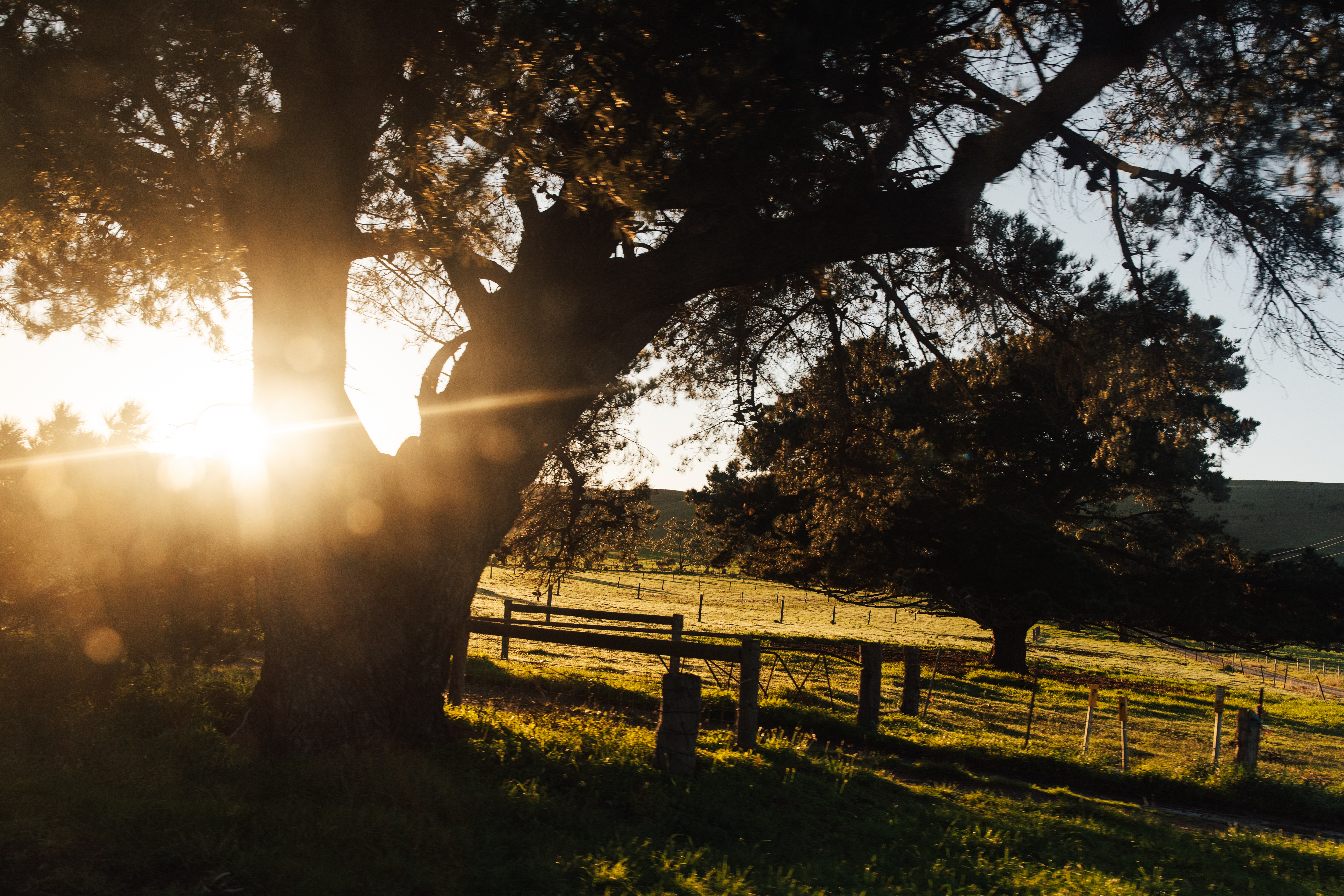
Feral pests in line of sight
The over-abundance of invasive species and the need for a strategic, united approach to the issue will be the major topic of discussion for Livestock SA and its members at the organisation’s upcoming Southern Region meeting at Robe on 6 February.
This comes ahead of a meeting with the State Government’s Natural Resources Committee on 14 February, which forms part of the Committee’s Inquiry into the Management of Overabundant and Pest Species in South Australia.
While there has been much discussion about the ongoing issue of kangaroo numbers, which has been magnified by persistent dry conditions, the Livestock SA team believes there needs to be a united and strategic approach to the management of all invasive species.
Highlighting the importance of addressing this issue were results from Livestock SA’s 2018 annual survey, which showed pest animal control was a ‘major issue’ for 35 per cent of all respondents.
Wild dogs continue to be a major concern for pastoralists, while feral goats, feral pigs, and deer rank highly when discussions about pest species take place.
Feral populations of deer – an ongoing concern in the South East – can originate from escapees from private land and quickly become a widespread problem.
Livestock SA is expecting to see greater control of feral deer populations this year, especially within state forestry plantations, after extensive lobbying.
There needs to be a greater policing of fencing standards to prevent the escape of farmed deer which are often not tagged.
Livestock SA will continue lobbying for the rebuilding of the Dog Fence over the next five years, which will be one of its top priorities in 2019.
Other species which continue to create headaches include foxes, crows, wombats, pigs and rabbits.
While Livestock SA acknowledges finding solutions to manage invasive species can be difficult there is opportunities to improve.
Species-specific committees have done a commendable job of dealing with specific problems, but there needs to be more consideration of the environmental and economic effect of those efforts as part of a total pest control package.
As part of that approach, there needs to be stronger focus on compliance measures in pest management plans and appropriate penalties handed down to those who do not heed the strategies in place.
There is also a pressing requirement for more funds to help with research into the management of invasive species. That work is currently often shouldered by non-government organisations and universities with limited resources.
The Livestock SA team looks forward to the opportunity to present its opinions to the Natural Resources Committee.
The Southern Region meeting at Robe will be preceded by a wool expo and Meat & Livestock Australia Red Meat Day, and will mark the start of a busy period for the Livestock SA team. A series of One Biosecurity workshops is being rolled out before another series of workshops helping producers maximise their wool clip begins.
– ANDREW CURTIS, Chief Executive Officer, Livestock SA
